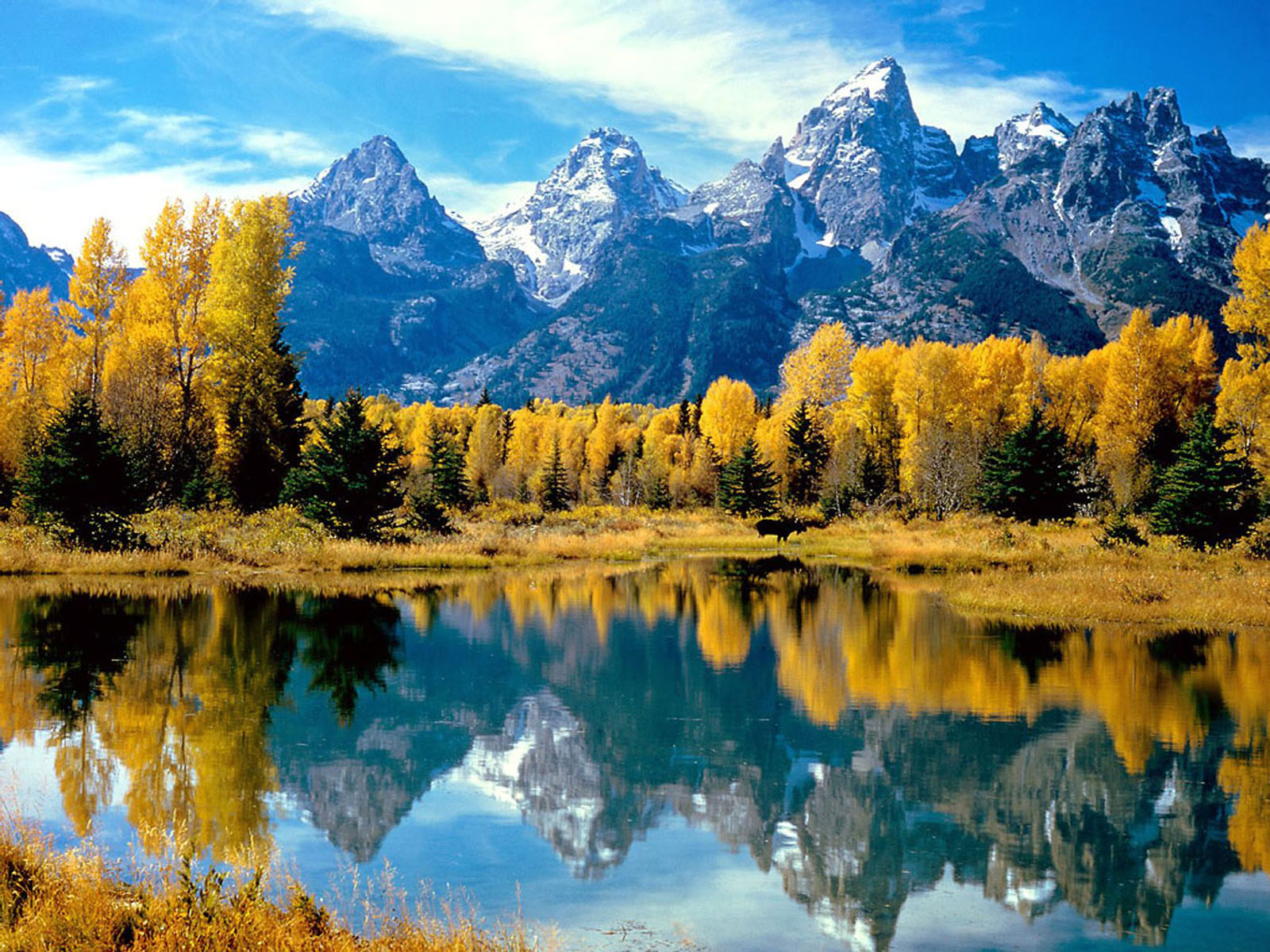Exploring The Majestic Grand Tetons: A Complete Guide
The Grand Tetons are a breathtaking mountain range located in the northwestern part of Wyoming. Known for their stunning jagged peaks and rich biodiversity, the Grand Tetons attract outdoor enthusiasts, nature lovers, and photographers from around the world. This article will explore the geography, history, activities, and tips for visiting this remarkable national park, ensuring that every aspect of your trip is covered.
The Grand Teton National Park is a treasure trove of natural beauty, offering a unique blend of rugged landscapes and serene lakes. With a variety of recreational opportunities, from hiking to fishing, this park is an ideal destination for anyone looking to connect with nature. In this guide, we will delve into the essential information you need to know before embarking on your adventure to the Grand Tetons.
Whether you are planning a day trip or an extended stay, understanding the key highlights of the Grand Tetons will enhance your experience. We will provide insights into the best trails, scenic viewpoints, and wildlife encounters that await you in this awe-inspiring national park.
Table of Contents
- 1. Overview of the Grand Tetons
- 2. The Geography of the Grand Tetons
- 3. A Brief History of the Grand Tetons
- 4. Activities and Attractions
- 5. Practical Tips for Visiting
- 6. Safety Considerations
- 7. Conclusion
- 8. References
1. Overview of the Grand Tetons
The Grand Tetons are part of the Rocky Mountains and are known for their stunning peaks that rise dramatically from the valley floor. The tallest peak, Grand Teton, reaches an elevation of 13,775 feet (4,199 meters), making it a popular challenge for climbers. The park encompasses over 310,000 acres of pristine wilderness, offering a diverse range of ecosystems, from alpine meadows to dense forests.
2. The Geography of the Grand Tetons
The Grand Teton range was formed by geological processes that began millions of years ago. The towering peaks are composed primarily of granite, providing a stark contrast to the surrounding valleys and lakes. Some key geographical features include:
- Jenny Lake: A popular destination for visitors, offering stunning views and recreational activities.
- Jackson Lake: The largest lake in the park, ideal for boating and fishing.
- Glacial Valleys: These valleys were shaped by ancient glaciers, creating unique landscapes.
3. A Brief History of the Grand Tetons
The history of the Grand Tetons is rich and varied, with Indigenous peoples, explorers, and settlers all playing a part in its story. The Shoshone and Bannock tribes were among the first inhabitants of the region. The area was later explored by fur trappers in the early 1800s, and in 1929, Congress established Grand Teton National Park, preserving its natural beauty for generations to come.
4. Activities and Attractions
The Grand Tetons offer a wide range of activities for visitors of all ages and interests. Here are some of the top attractions you won’t want to miss:
4.1 Hiking Trails
With over 200 miles of hiking trails, the Grand Tetons provide options for all skill levels. Popular hiking trails include:
- Skyline Trail: A challenging hike with breathtaking views of the Teton Range.
- Taggart Lake Trail: A moderate hike suitable for families, leading to a picturesque lake.
- Paintbrush Canyon: A scenic trail perfect for wildflower enthusiasts.
4.2 Wildlife Viewing
The diverse habitats in the Grand Tetons support a variety of wildlife, including:
- Elk: Commonly seen during the fall rutting season.
- Moose: Often found near water sources.
- Grizzly Bears: Less frequently spotted but a thrilling experience if encountered.
4.3 Scenic Drives
One of the best ways to experience the beauty of the Grand Tetons is by taking a scenic drive. Notable routes include:
- Signal Mountain Summit Road: Offers panoramic views of the Teton Range and Jackson Lake.
- Teton Park Road: A must-do drive that connects several key attractions and overlooks.
4.4 Photography Opportunities
Photographers flock to the Grand Tetons for their stunning landscapes and vibrant sunsets. Key spots for photography include:
- Oxbow Bend: Famous for its reflective views of the mountains.
- Mormon Row: Historic barns set against the Teton backdrop.
5. Practical Tips for Visiting
When planning your visit to the Grand Tetons, consider the following tips:
- Best Time to Visit: Late spring to early fall is ideal for outdoor activities.
- Park Entrance Fees: Be prepared for entrance fees, which support park maintenance.
- Leave No Trace: Follow the Leave No Trace principles to protect the environment.
6. Safety Considerations
Ensuring your safety while enjoying the Grand Tetons is paramount. Here are some considerations:
- Wildlife Encounters: Maintain a safe distance from all wildlife.
- Weather Preparedness: Be ready for sudden weather changes, especially at higher elevations.
- Trail Safety: Stay on marked trails and be aware of your surroundings.
7. Conclusion
In conclusion, the Grand Tetons offer an unforgettable experience, filled with stunning landscapes, diverse wildlife, and numerous recreational activities. Whether you're hiking, photographing, or simply enjoying the views, this national park promises adventure and tranquility. We encourage you to share your thoughts in the comments below, and don’t forget to explore more articles on our site for additional travel tips and insights!
8. References
For more information and resources about the Grand Tetons, consider visiting the following trusted sources:
- National Park Service - Grand Teton National Park
- AllTrails - Grand Teton Hiking Trails
- Visit Grand Teton - Travel Information
Sbrookbell Instagram: A Deep Dive Into Her Social Media Influence
Everything You Need To Know About Philadelphia Airport: A Comprehensive Guide
Sweetwater Music: Your Ultimate Destination For Musical Gear



